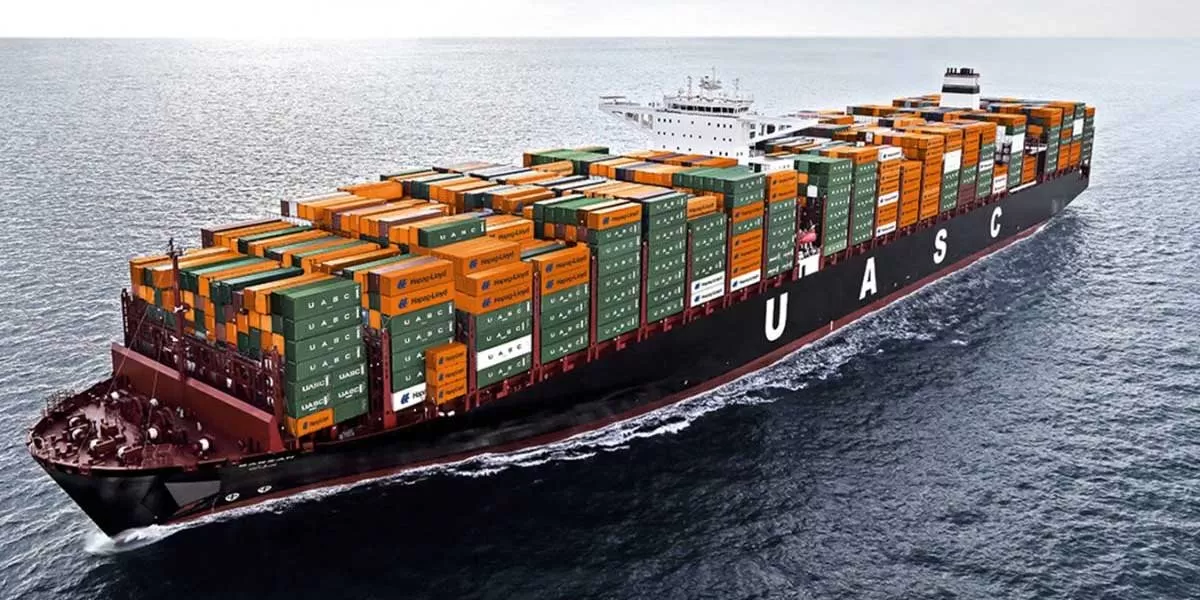March Madness is sweeping through the global shipping industry, presenting unprecedented challenges and reshaping the maritime landscape. Port congestion, container shortages, and soaring freight rates have created a perfect storm of disruptions, leaving businesses scrambling to adapt. At the heart of this chaos lies the lingering impact of the COVID-19 pandemic, which continues to reverberate throughout global supply chains.
Port congestion has reached critical levels in key maritime hubs worldwide. From Los Angeles to Rotterdam, vessels are experiencing prolonged waiting times, leading to costly delays and logistical nightmares. The surge in consumer demand, coupled with labour shortages and operational inefficiencies, has overwhelmed port authorities and terminal operators, exacerbating congestion woes.
Adding to the chaos are container shortages plaguing the industry. The imbalance of trade flows, exacerbated by the pandemic-induced disruptions, has created a mismatch between container availability and demand. Shipping lines are struggling to reposition containers efficiently, leading to equipment shortages and inflated shipping costs. As a result, businesses face delays in receiving essential goods and raw materials, impacting production schedules and bottom lines.
Freight rates have skyrocketed to record highs as carriers capitalise on the supply-demand imbalance. Spot rates on major trade routes have surged, with some routes seeing quadruple-digit percentage increases year-on-year. The exorbitant costs of shipping goods have forced businesses to reconsider their sourcing and distribution strategies, seeking alternative solutions to mitigate the financial strain.
The COVID-19 pandemic continues to cast a long shadow over the global shipping industry, amplifying existing challenges and introducing new uncertainties. Supply chain disruptions, labour shortages, and geopolitical tensions further complicate the situation, leaving businesses vulnerable to ongoing disruptions. In this environment of volatility and unpredictability, industry stakeholders must adopt proactive measures to navigate the stormy seas of global shipping successfully.
Despite the challenges, opportunities for innovation and collaboration abound. From digitalisation and automation to sustainable practices and supply chain resilience, stakeholders are exploring new avenues to build a more resilient and agile maritime ecosystem. By embracing change and leveraging technology, the industry can emerge stronger from the March Madness gripping global shipping.March Madness is sweeping through the global shipping industry, presenting unprecedented challenges and reshaping the maritime landscape. Port congestion, container shortages, and soaring freight rates have created a perfect storm of disruptions, leaving businesses scrambling to adapt. At the heart of this chaos lies the lingering impact of the COVID-19 pandemic, which continues to reverberate throughout global supply chains.
Port congestion has reached critical levels in key maritime hubs worldwide. From Los Angeles to Rotterdam, vessels are experiencing prolonged waiting times, leading to costly delays and logistical nightmares. The surge in consumer demand, coupled with labour shortages and operational inefficiencies, has overwhelmed port authorities and terminal operators, exacerbating congestion woes.
Adding to the chaos are container shortages plaguing the industry. The imbalance of trade flows, exacerbated by the pandemic-induced disruptions, has created a mismatch between container availability and demand. Shipping lines are struggling to reposition containers efficiently, leading to equipment shortages and inflated shipping costs. As a result, businesses face delays in receiving essential goods and raw materials, impacting production schedules and bottom lines.
Freight rates have skyrocketed to record highs as carriers capitalise on the supply-demand imbalance. Spot rates on major trade routes have surged, with some routes seeing quadruple-digit percentage increases year-on-year. The exorbitant costs of shipping goods have forced businesses to reconsider their sourcing and distribution strategies, seeking alternative solutions to mitigate the financial strain.
The COVID-19 pandemic continues to cast a long shadow over the global shipping industry, amplifying existing challenges and introducing new uncertainties. Supply chain disruptions, labour shortages, and geopolitical tensions further complicate the situation, leaving businesses vulnerable to ongoing disruptions. In this environment of volatility and unpredictability, industry stakeholders must adopt proactive measures to navigate the stormy seas of global shipping successfully.
Despite the challenges, opportunities for innovation and collaboration abound. From digitalisation and automation to sustainable practices and supply chain resilience, stakeholders are exploring new avenues to build a more resilient and agile maritime ecosystem. By embracing change and leveraging technology, the industry can emerge stronger from the March Madness gripping global shipping.


















